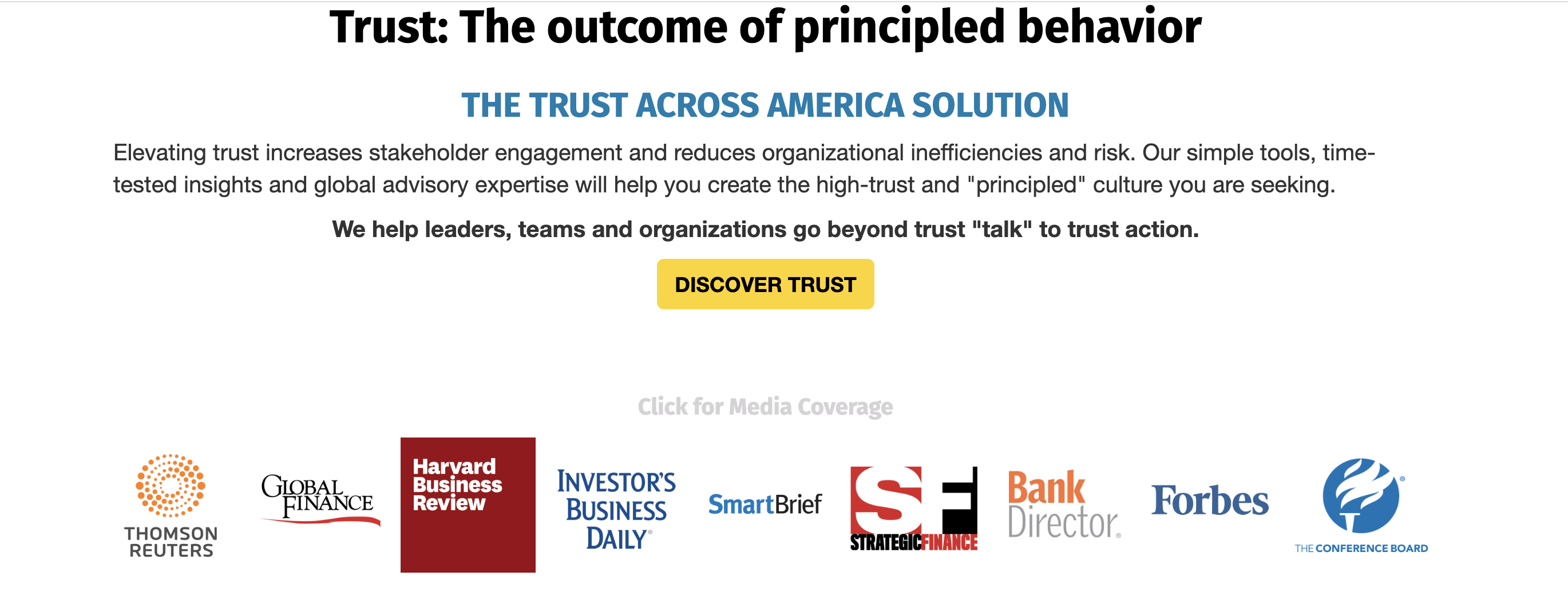 Having studied and observed trust building and trust busting behavior for over ten years, what’s crystal clear is that when people trust you, their confidence in you will increase, and they will be more inclined to do business with you.
Having studied and observed trust building and trust busting behavior for over ten years, what’s crystal clear is that when people trust you, their confidence in you will increase, and they will be more inclined to do business with you.
LinkedIn claims to have more than 700 million users in 200 countries, and the platform can be a very powerful business tool, IF your goal is to build trust with your connections. The following are ten tips on how to do this.
- Begin with a clearly defined “ethics based” LinkedIn strategy, with the focus being your connections not you.
- Communicate authentically. Your values, beliefs and principles must align with your actions.
- Become the “go to” person in your area of expertise by publishing well-written original thought leadership pieces rather than announcing your next podcast or speaking engagement.
- Every post should represent added value to your readers or be solutions based.
- Share relevant, high quality content, even if it is from a competitor. Shine a spotlight on valuable material, regardless of who wrote it.
- Remain humble. Don’t tell your audience how “honored” or “humbled” you are while promoting your upcoming gig or your most recent award. That’s just insincere self-interest.
- Before publishing your next post answer this question: “Who cares (other than you and your mother)?”
- Engage your audience by asking them for input and feedback, and be sure to acknowledge every response.
- In this age of rapidly evolving social “activism” pick your photo captions carefully. For example, does your photo show a room full of men with no female presence? Does it just show you?
- You are the company you keep. Make sure the posts you are “liking” reflect positively on your values. (And instead of simply “liking” a post, leave a thoughtful comment.)
And now for a few surefire ways to bust trust really fast…
- Connecting with the sole purpose of selling something to your “prospect”
- Pretending in your initial connection request that you have something (undefined) in common.
- Immediately upon connecting, filling the recipient’s inbox with all sorts of “stuff” about how great you are.
- Having a profile that screams “amateur”: Words and phrases like guru, influencer, disruptor, rebel, world-renowned, life coach, Lion, Forbes and Inc. contributor… and best-selling author.
- Same goes for credentials- fake PhD’s and questionable experience are easy to spot and even easier to verify.
- Being a bragger about your latest upcoming “gig” and then having all your friends say “Congrats!”
- Ignoring comments, or better yet, deleting them if you disagree or think they might take the attention away from you.
- Trolling LinkedIn and inciting controversy.
- Showing zero interest in getting to know your new connections, even when they message you.
- Adding your LI connections to your mailing list without permission.
Having been an active LinkedIn member for many years, the balance is shifting away from thought leadership towards billboard advertising. If this is accurate, LinkedIn will surely (and quickly) lose its stature as a valuable business tool. In fact, I’ve spent the past several months deleting hundreds of self-promoting LinkedIn connections.
In summary, if the focus is simply “You,” maybe it’s time to rethink your LinkedIn strategy. Start by making “trust building” your core focus.
What other suggestions do you have for building trust on LinkedIn? Leave your comments.
Barbara Brooks Kimmel is the founder of Trust Across America-Trust Around the World, whose mission is to help organizations build trust. Now in its 12th year, the program has developed two proprietary trust-evaluation tools, the latest is AIM Towards Trust. She also runs the world largest global Trust Alliance and is the editor of the award-winning TRUST INC. book series. Kimmel is a former consultant to McKinsey who has worked across multiple industries and with senior leadership. She holds a bachelor’s in international affairs from Lafayette College and an MBA from Baruch.
Copyright 2020 Next Decade, Inc.
PS- Don’t forget to TAP into Trust!
For more information contact barbara@trustacrossamerica.com


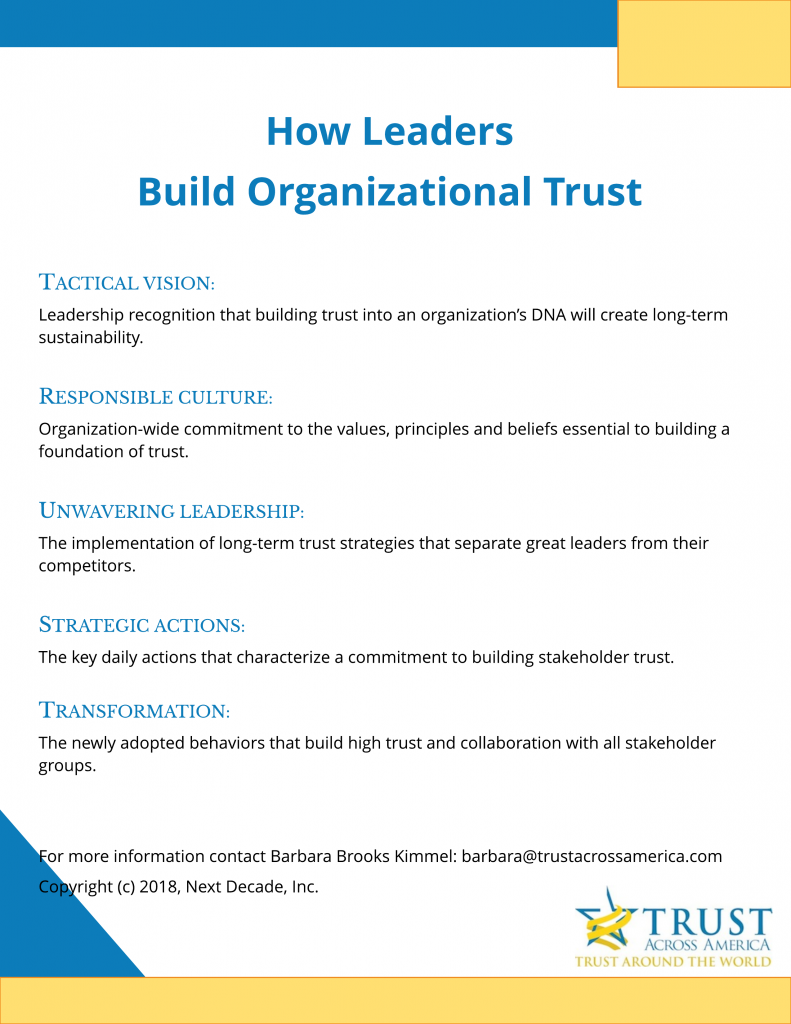

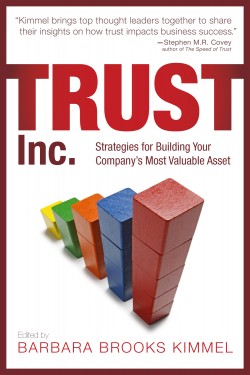
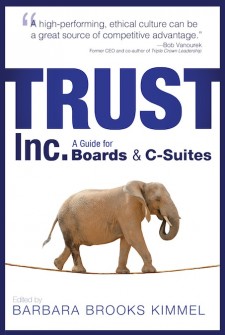
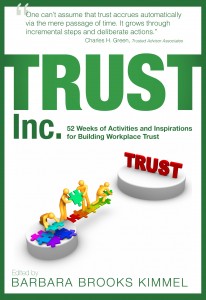
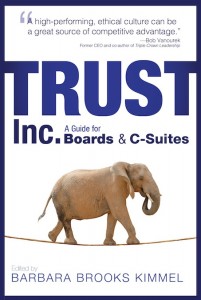

Recent Comments